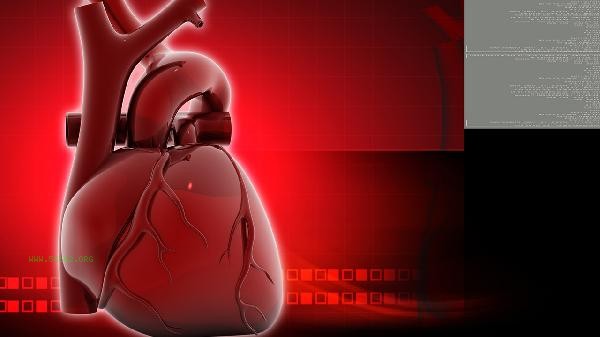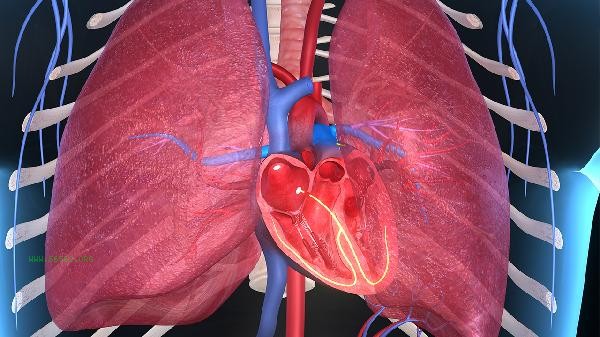High cardiac index may be caused by physiological compensatory reactions, anemia, hyperthyroidism, congenital heart disease, pulmonary arterial hypertension, and other reasons.
1. Physiological compensation:

During intense exercise or emotional excitement, the body's oxygen demand increases, and the heart meets the demand by improving pumping efficiency. This temporary increase in cardiac index is a normal physiological regulation, usually accompanied by an increase in heart rate and mild rise in blood pressure, which can recover on its own after rest. Long term high-intensity training athletes may also experience persistent high cardiac index. 2. Anemic state: The decrease in hemoglobin concentration leads to a decrease in blood oxygen carrying capacity, and the heart maintains tissue oxygen supply by increasing stroke output and heart rate. Anemia may be caused by iron deficiency, vitamin B12 deficiency, or chronic blood loss, with typical accompanying symptoms including pale complexion and fatigue. Diagnosis needs to be confirmed through blood routine examination, and after correcting anemia, the cardiac index can gradually return to normal.
3. Effects of hyperthyroidism:
Excessive secretion of thyroid hormones accelerates metabolism, causing an increase in systemic oxygen consumption. The heart will continue to work under high load to adapt to metabolic demands, manifested as an increase in resting heart rate and cardiac output. Patients often have symptoms such as excessive sweating, hand tremors, and weight loss, and thyroid function tests can provide a clear diagnosis.
4. Abnormal cardiac structure:

Congenital heart diseases such as ventricular septal defect and patent ductus arteriosus can lead to abnormal shunting of the left and right cardiac systems, requiring the heart to work twice as hard to maintain effective circulation. These patients often experience symptoms during childhood, and cardiac ultrasound can clearly display anatomical abnormalities. Some cases require surgical correction.
5. Pulmonary arterial hypertension:
Continuous increase in pulmonary vascular resistance forces the right ventricle to pump blood overload, which can lead to right heart enlargement and functional failure in the long term. The patient may experience post activity dyspnea and lower limb edema, and cardiac catheterization can accurately measure pulmonary artery pressure. This condition requires targeted treatment for the primary cause, and may require pulmonary vasodilator drug intervention in the late stage.
It is recommended that individuals with unexplained palpitations and shortness of breath undergo timely electrocardiogram and cardiac ultrasound examinations. Avoid excessive intake of caffeine in daily life and maintain regular aerobic exercise to enhance heart reserve function. Patients with underlying diseases should strictly follow medical advice for medication and regularly monitor cardiac function indicators. Pay attention to supplementing foods such as salmon and nuts rich in coenzyme Q10 in diet, which can help with myocardial energy metabolism.









Comments (0)
Leave a Comment
No comments yet
Be the first to share your thoughts!